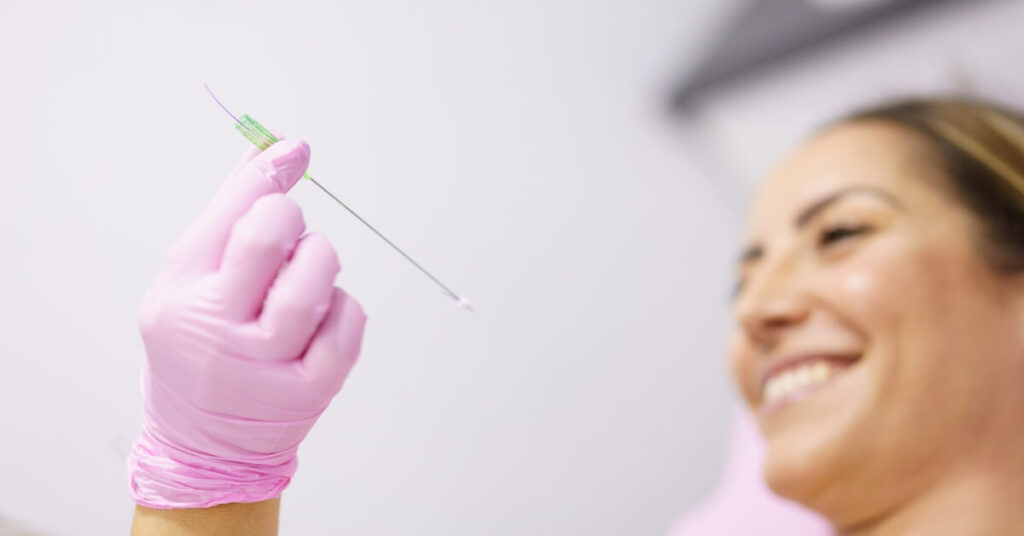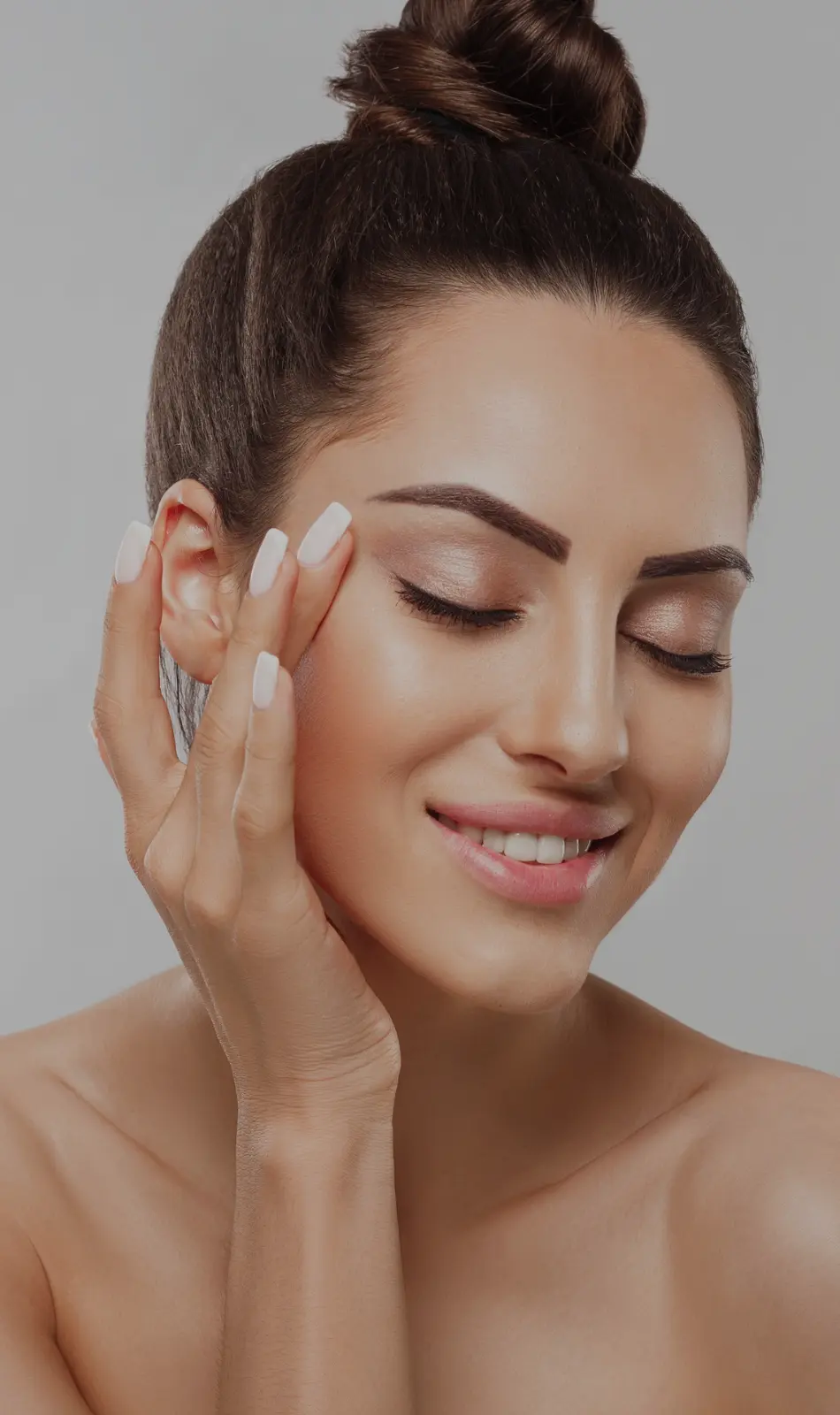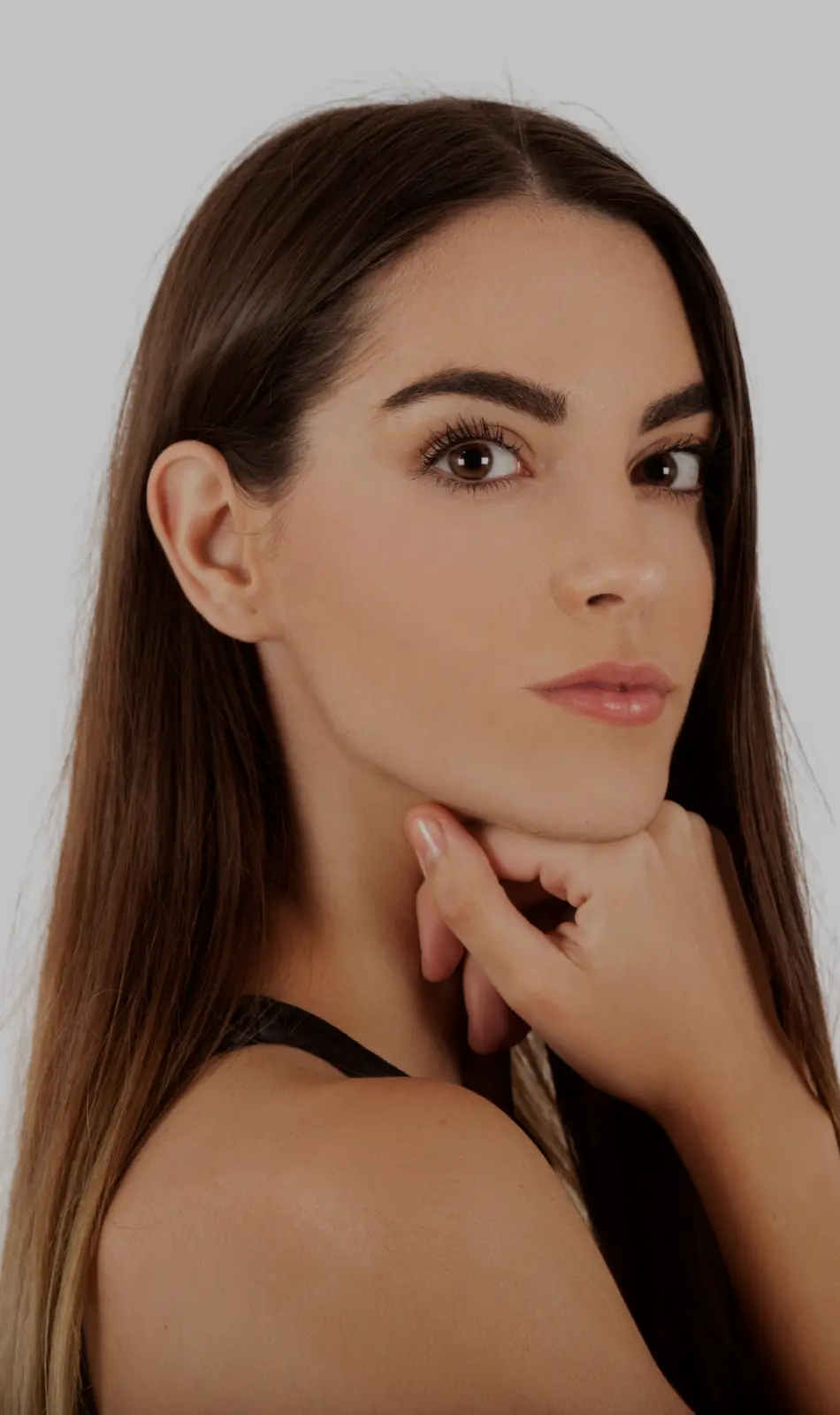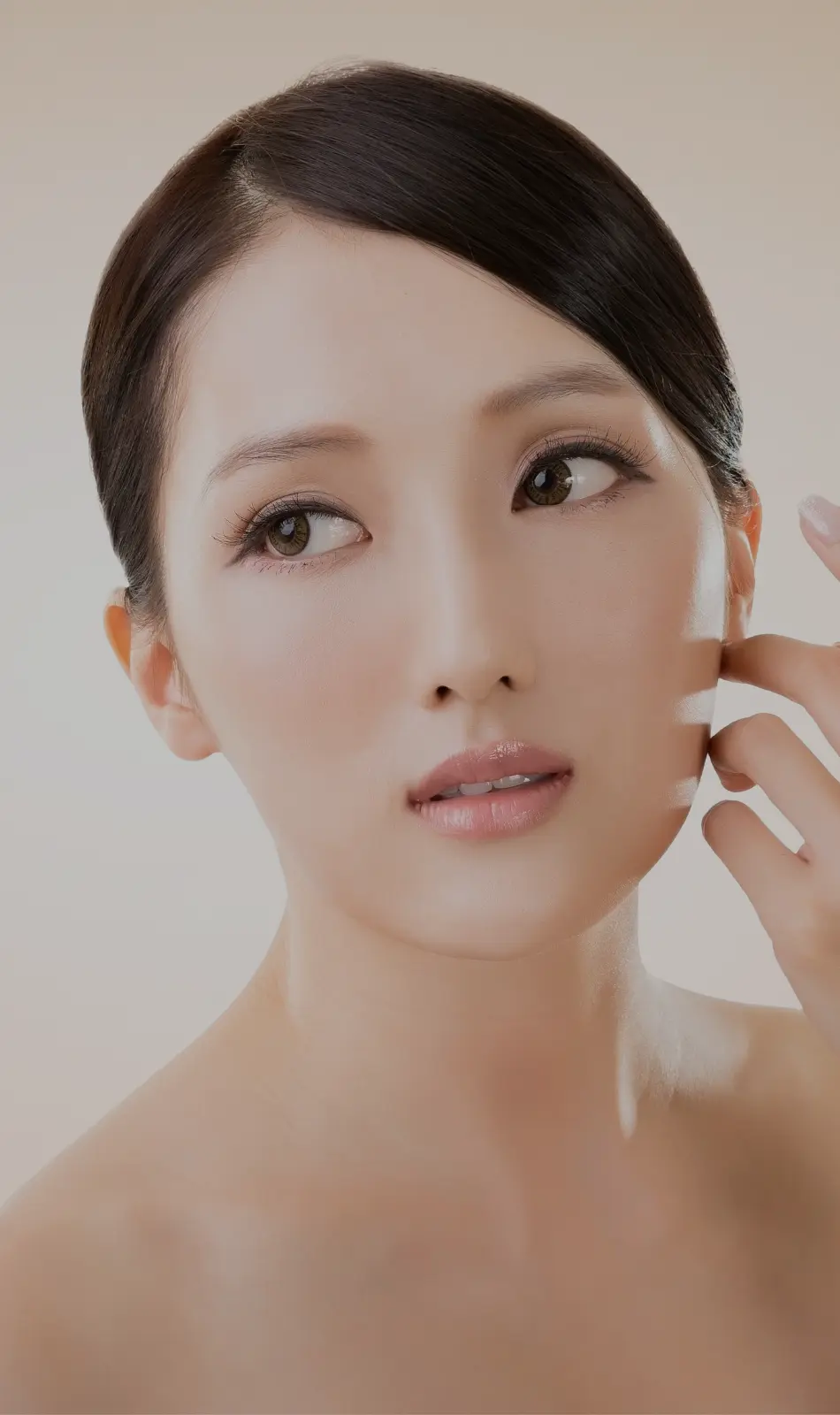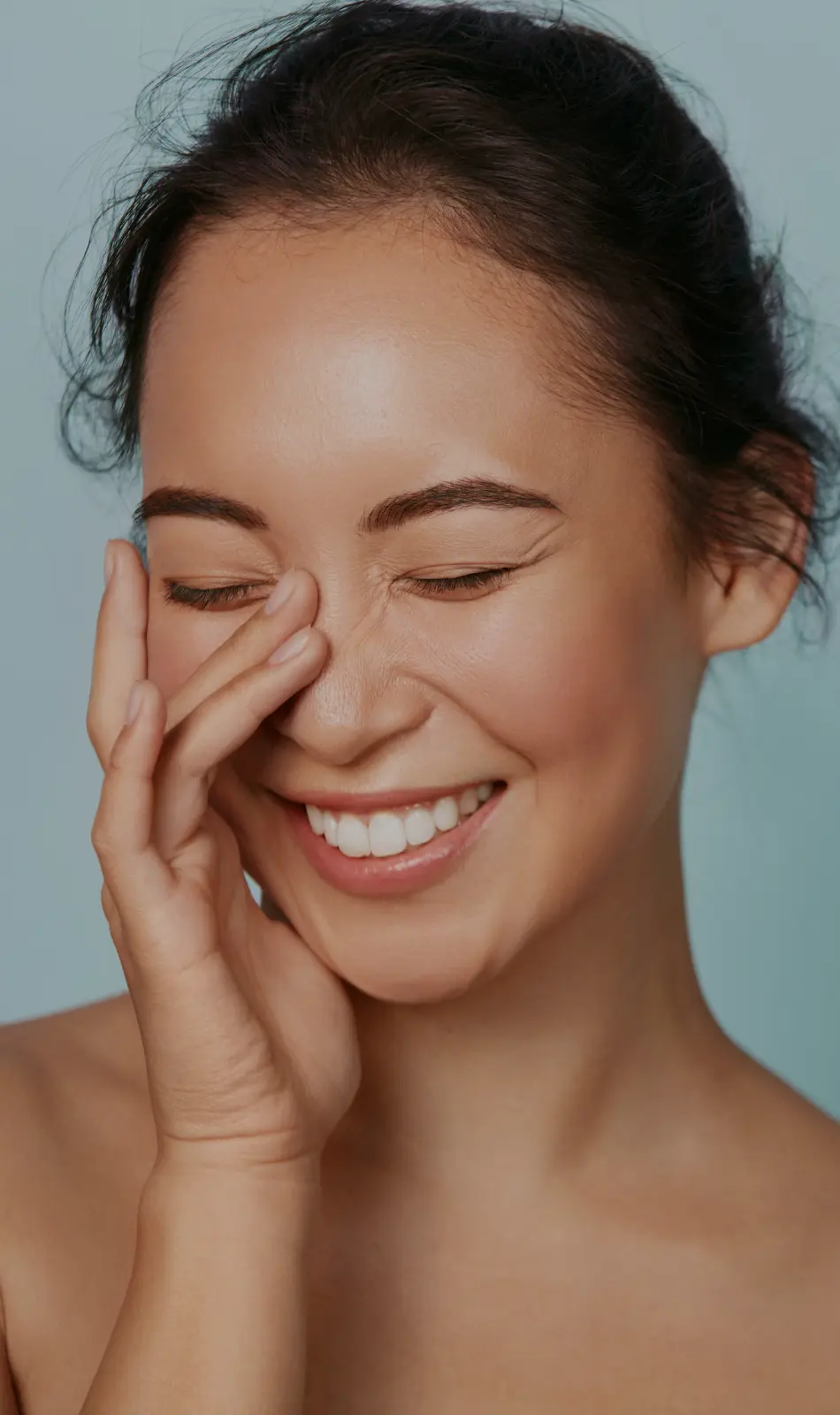As a cosmetic procedure, it is important to ensure that the patient is an ideal candidate for the PDO thread lifting procedure to achieve the best results. For PDO thread lifting, the ideal candidates have mild to moderate mid and/or lower face tissue descent and are typically between the ages of 30-50 years old. However, each patient should be individually assessed for candidacy regardless of their age.
I also consider skin and subcutaneous fat thickness when evaluating a patient’s candidacy. A patient with thin skin and deficient subcutaneous fat may have a higher likelihood for irregularities during the procedure. On the other hand, a patient with too much excess skin redundancy is not an ideal candidate for a thread-lifting procedure. The best candidates have healthy skin, are at their ideal weight, and want to lift skin for a more youthful appearance.
As a provider, the main consideration in evaluating a patient’s candidacy is whether they are a candidate for a surgical facelift. If a patient is a candidate for a surgical facelift, either because of anatomic considerations or their desired outcome, they are likely not a good candidate for thread lifting. This is because thread lifting can only offer a finite amount of correction, which will not be equivalent to a surgical result. Treating a patient who is clearly a surgical candidate with a nonsurgical therapy can lead to patient dissatisfaction and harm the provider’s reputation.
Therefore, patients who are premature for surgical intervention are the best candidates for PDO thread lifting. Patients who are surgical candidates should carefully consider the cost-benefit analysis of choosing a nonsurgical procedure. Additionally, patients who have previously undergone a surgical cosmetic procedure in the treatment area should be carefully evaluated to assess if scar tissue will impact the desired result.



